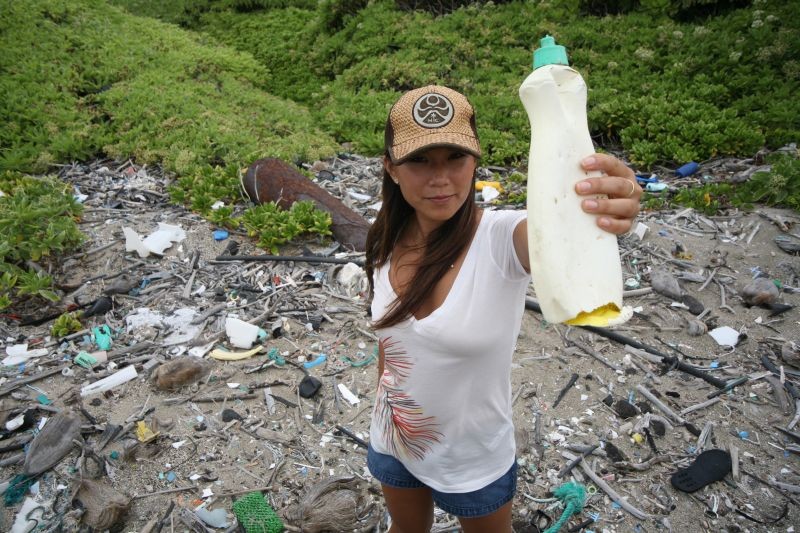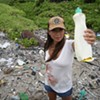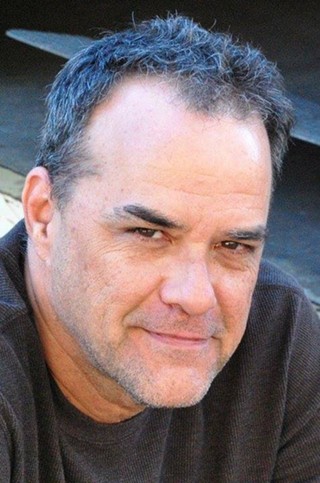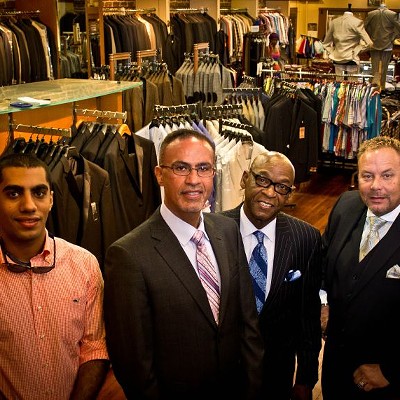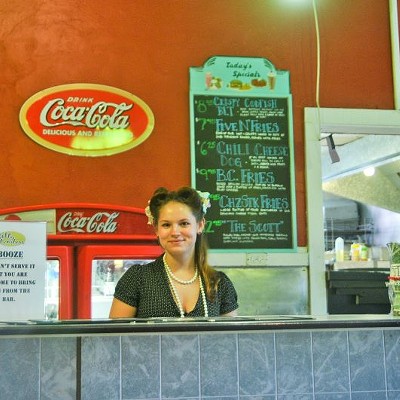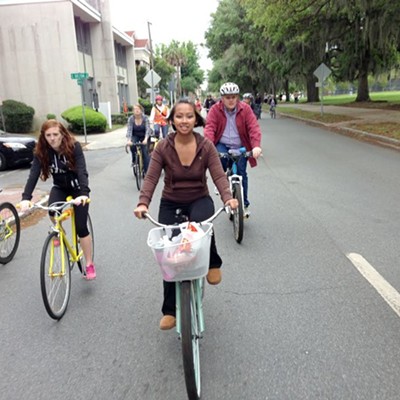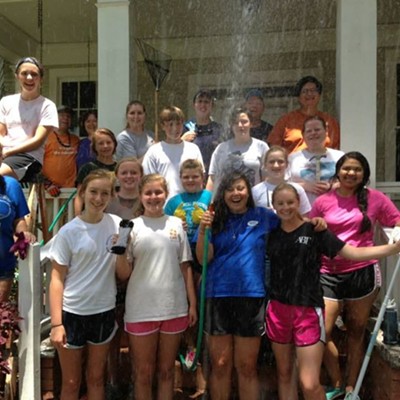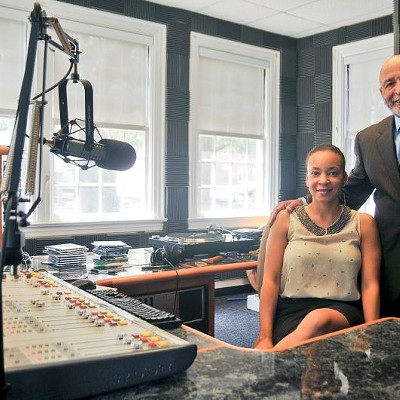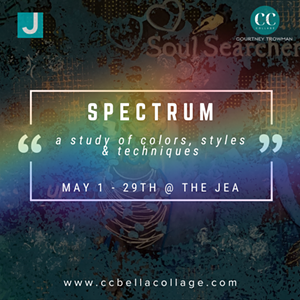Five minutes into Plastic Paradise: The Great Pacific Garbage Patch, filmmaker Angela Sun asks an obvious, and terrifying, question: "Almost every molecule of plastic ever created is still on this planet," she says. "So if it doesn't deteriorate, where does it go?"
A great percentage of this indestructible substance, we are shown in the documentary, winds up in the ocean. Because of whirlpool-like currents — called gyres — in the Pacific, many decades of non-biodegradable plastic trash is still out there, billions of tons of it, concentrated in one ever-turning, moon-sized perma-flushing eddy.
The toll it takes on marine life, of course, is immense. Especially the discarded fishing nets that rip up living coral reefs as they roll, like giant killer tumbleweeds, across the sea floor.
More insidious is the cumulative effect of tiny bits of plastic ingested by fish, beginning a climb up the food chain to — guess who? — and, according to some scientists, constituting a very real threat to human survival.
Angela Sun admits she's no environmentalist. She is a California-based television journalist best known for her sports work — she's frequently on ESPN, MTV, Fox Sports, G4TV and The Tennis Channel. She is currently the host of Yahoo Sports Minute.
But this was one story she felt compelled to report on.
She'll be at the Gray's Reef Ocean Film Festival Sept. 12, to screen Plastic Paradise and conduct an audience Q&A about what she calls her seven-year "passion project."
Why did you take on this project?
Angela Sun: As an ocean lover, and someone who grew up going to the ocean every weekend, and surfing and scuba diving and watching Jacques Cousteau documentaries, I've always been fascinated by the oceans. So when I heard about the Great Pacific Garbage Patch, I just felt so tugged and had to know more. It seemed so mysterious.
Is that the journalist in you, or the ocean lover?
Angela Sun: I guess it's a little bit of both. I've always been curious and inquisitive about the world around. Especially because we know more about the moon than the depths of the sea. And from a journalistic standpoint, that's where the need to tell people came from.
It took a lot of research, scouting the Internet and reaching out to a lot of organizations and scientists. I did so many interviews for this documentary. I guess I left no stone unturned.
In the film, we see the garbage-strewn beaches of Midway Atoll. Tell us where that is, and why it's like that.
Angela Sun: The Garbage Patch is a concentrated area in the Pacific Ocean, and the only land out there is the Northwest Hawaiian Islands. Specifically, this small chain in the Northwest Hawaiian Archipelago. Because of the oceans' currents, this is where it washes ashore. It's the only piece of land that is above water out there.
Based on what you know now, is it going to keep getting worse?
Angela Sun: There's been initiatives in the past about trying to clean it up. But imagine your living room, and there's a bunch of dust bunnies. Let's say you haven't cleaned in while, and the dust bunnies have settled behind the couches and in crevices.
Those would be like the ghost nets — lost fishing nets made out of plastic — that are still in the ocean. Imagine dust bunnies that are single masses of plastic in the oceans. But it's your living room, which is pretty big. It's a good size. It's not all in one spot.
If you imagine that we are like ants in this living room, that gives you an idea of how small and miniscule we are... there's a young man in Europe who is trying to clean up the garbage patch. He's raised a lot of money to create something to scoop it up. That would be like an ant saying he's going to create a broom and a scoop sweeper to clean up giant dust bunnies in a living room.
That's not to deter people from cleaning it up, but I think the message here is to make people aware enough to refuse plastic in the first place, or to acknowledge what is going on with our consumer waste.
A scientist in your film says "If you don't buy it, they won't make it." So what's the ultimate answer?
Angela Sun: I think it's a multi-pronged answer. First is awareness — sixty-five percent of people have heard of the Garbage Patch, but they don't know a whole lot about it.
There's so much single-use disposable plastics that are just being chucked out. Maybe you're like "Well, I didn't throw it into the ocean; it's not my fault." But things end up there. I mean, when I was out there we saw computer monitors, we saw refrigerators! Massive pieces and also smaller pieces, which are more insidious and more detrimental.
I don't want to give the whole documentary away, but what I learned on this journey was: It's a lot scarier than you think. And you can't expect it to not touch every single one of us — because we all touch plastic, every day of our lives. Just about every piece of plastic was made to last forever — and if it's not in your eyesight, then where did it go? If it's not in a landfill, it's got to go somewhere.

